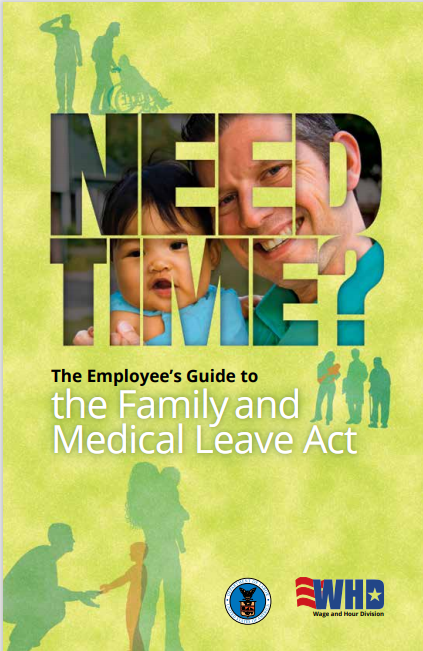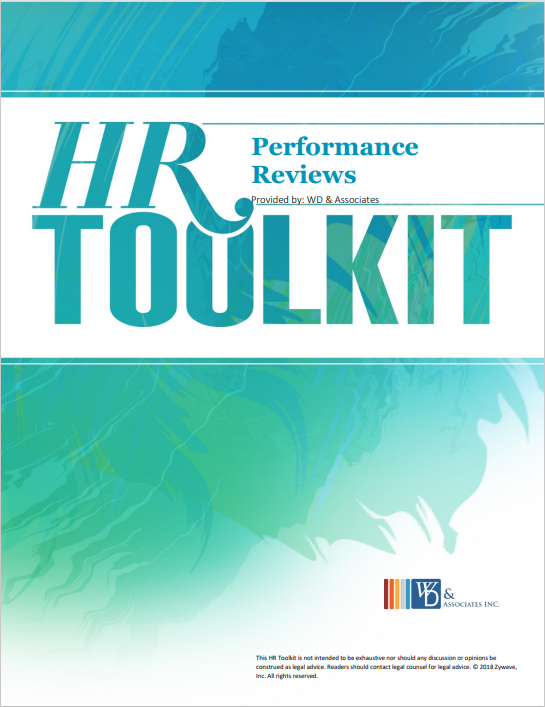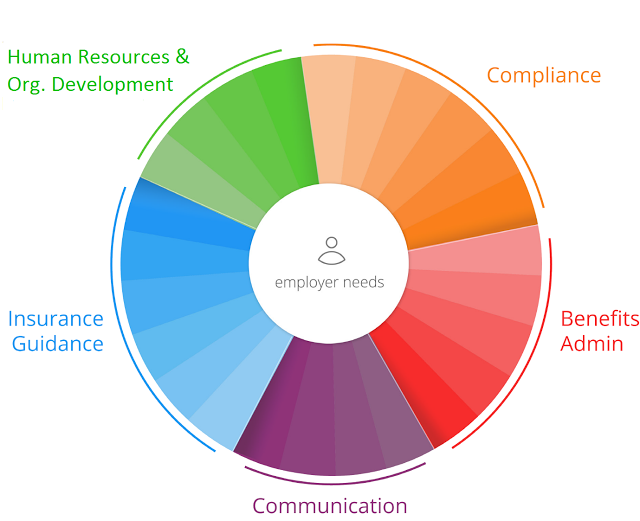In 2017, the Equal Employment Opportunity Commission (EEOC) resolved more than 99,109 workplace discrimination claims—securing more than $398 million from employers in the private and public sectors as a result of these claims.
Discrimination lawsuits can be very time-consuming and expensive for employers, and can result in a loss of employee morale or reputation within the community. Employers must take action to proactively prevent claims.

Top 10 Causes of Discrimination Claims in 2017
- Retaliation—41,097 (48.8 percent of all charges filed)
- Race—28,528 (33.9 %)
- Disability—26,838 (31.9 %)
- Sex—25,605 (30.4 %)
- Age—18,376 (21.8 %)
- National origin—8,299 (9.8 %)
- Religion—3,436 (4.1 %)
- Color—3,240 (3.8 %)
- Equal Pay Act—996 (1.2 %)
- Genetic Information Nondiscrimination Act—206 (0.2 %)*
*These percentages add up to more than 100 percent because some lawsuits were filed alleging multiple reasons for discrimination.
"The employer is automatically liable for harassment by a supervisor that results in a negative employment action such as termination, failure to promote or hire, and loss of wages." ~EEOC
7 Actionable Steps for Employers
Knowing the breadth of claims that can result in costly judgments is the first step in a proactive approach to prevention. Employers must take action to foster a workplace environment that discourages discrimination by establishing clear guidelines and implementing appropriate training for employees and managers. Upholding a standard of workplace civility can reduce retaliatory behaviors.
These 7 steps will help protect employers from retaliation and other discrimination claims:
- Audit practices to uncover any problematic situations
- Publish the company's equal opportunity statement in the employee handbook
- Post required display materials where they may be viewed by all employees
- Create a clear written anti-retaliation policy that includes specific examples of what management can and cannot do when disciplining or terminating an employee
- Provide mandatory training to management and employees on anti-retaliation and other discrimination policies
- Implement a user-friendly internal complaint procedure for employees
- Create standard operating procedures for investigating and resolving workplace discrimination
For more information on discrimination claims and for tips on how to protect your business, contact WD & Associates today.
Related Content:
Best Practices to Consider About Retaliation














Leave a comment